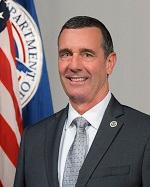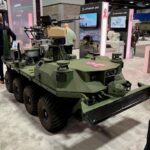
The Transportation Security Administration (TSA) is beginning the move toward requiring the security equipment it buys to have standard interfaces to enable third party software applications be added to the screening systems to cope with new threats, the head of the agency said this week. When TSA became concerned about powders in carry-on bags for potential bomb-making use, the agency required them to be separated from other items because it didn’t have a technology that could discern whether a threat…

 By
By 











